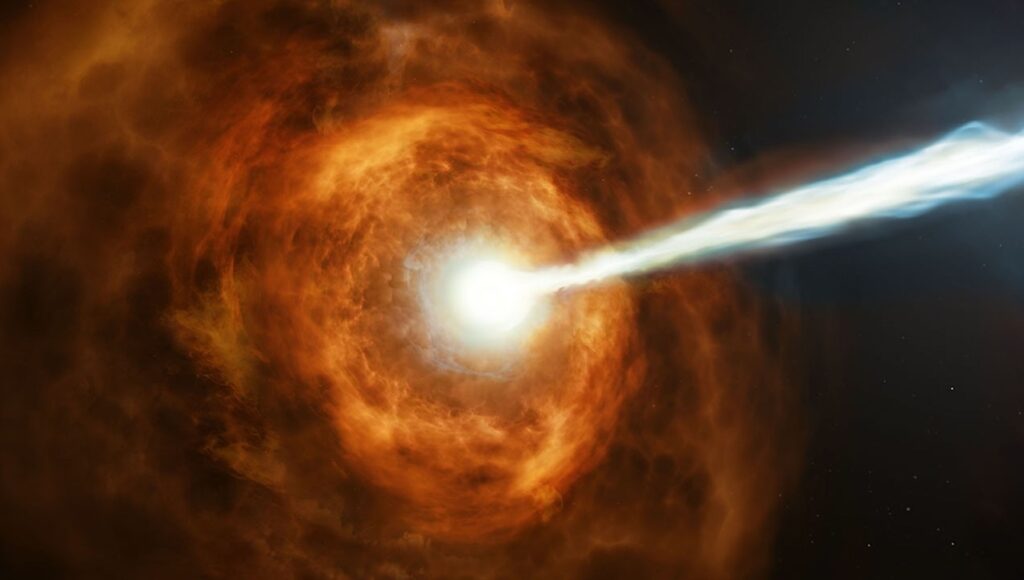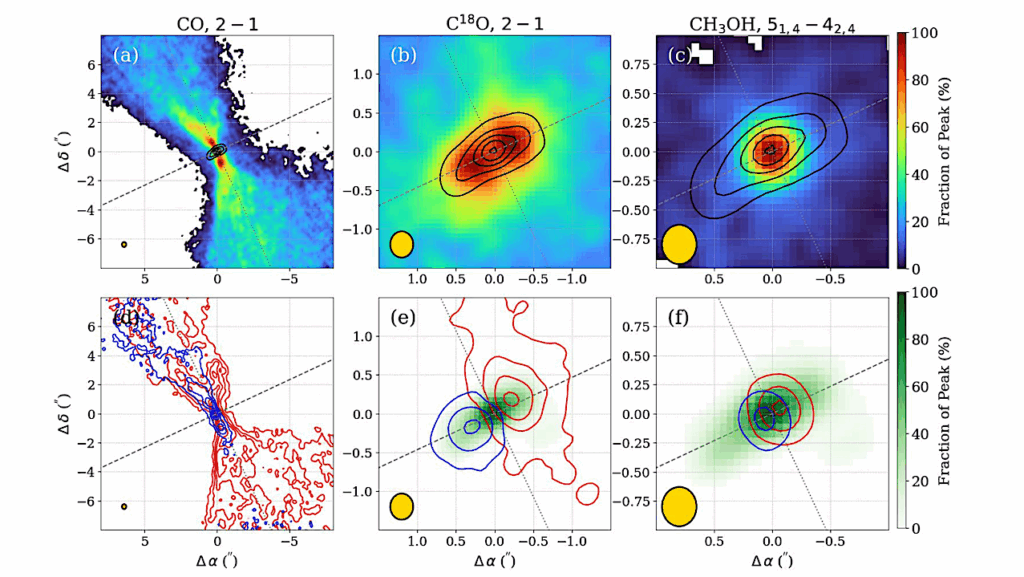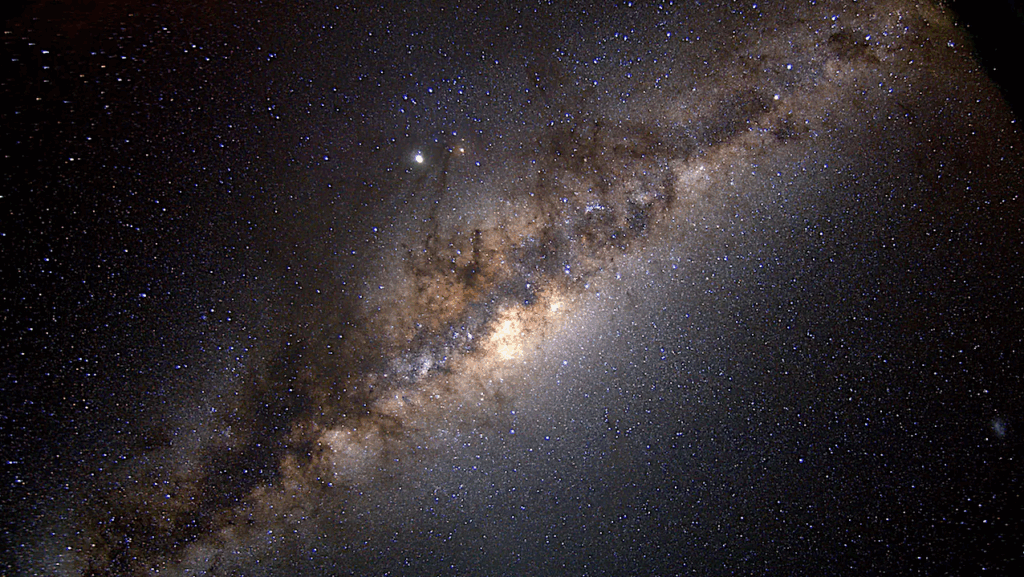Chemical Mapping of Temperate Sub-Neptune Atmospheres: Constraining The Deep-interior H2O/H2 Using The Atmospheric CO2/CH4

Understanding the envelope composition of sub-Neptune-type exoplanets is challenging due to the inherent degeneracy in their interior composition scenarios. Particularly, the H2O/H2 ratio, or can be expressed as the O/H ratio, in the planetary envelope provides crucial insights into the origin of these exoplanets relative to the ice line during formation.
Using self-consistent radiative transfer modeling and a rate-based automatic chemical network generator combined with 1D photochemical kinetic-transport atmospheric modeling, we investigate atmospheres of temperate sub-Neptunes, ranging from H2-dominated to H2O-dominated scenarios with Teq = 250-400 K, using K2-18 b (Teq = 255 K), LP 791-18 c (Teq = 324 K), and TOI-270 d (Teq = 354 K) as examples. Our models indicate that using the atmospheric CO2/CH4 ratio to infer the deep-interior H2O/H2 ratio.
Applying to recent JWST observations, our findings suggest K2-18 b likely has an interior highly enriched in water (approximately 50% H2O), exceeding the amount of water in a 100x solar metallicity scenario and suggesting a formation history that involved substantial accretion of ices. In contrast, TOI-270 d has an interior composition of approximately 25% H2O, which is comparable to the conventional metallicity framework with a metallicity higher than 100x solar metallicity. Furthermore, our models identify carbonyl sulfide (OCS) and sulfur dioxide (SO2) as strong indicators of at least a 10% water-rich envelope in temperate sub-Neptunes.
These results provide a method to delineate the internal composition and formation mechanisms of sub-Neptunes with Teq< ~500 K via atmospheric characterization through transmission spectroscopy.

The figure shows a schematic diagram of the feeding zone of planets in the protoplanetary disk with respect to the ice-line on the top and the upper atmospheric (P=0.1–2 mbar) CO2+CH4 mixing ratios plotted against the deep interior (P=20 bar) H2O-to-H2 ratios on the bottom. All notations follow Figure 1. The only difference is that the constraints on the H2O/H2 ratio for each planet are now based on the combination of the CO2 /CH4 ratio (Section 3.1.1) and individual abundances (Section 3.1.2). — astro-ph.EP
Jeehyun Yang, Renyu Hu
Comments: 15 pages, 5 figures, submitted to ApJL
Subjects: Earth and Planetary Astrophysics (astro-ph.EP)
Cite as: arXiv:2406.01955 [astro-ph.EP] (or arXiv:2406.01955v1 [astro-ph.EP] for this version)
Submission history
From: Jeehyun Yang
[v1] Tue, 4 Jun 2024 04:26:56 UTC (3,181 KB)
https://arxiv.org/abs/2406.01955
Astrobiology, Astrochemistry,








